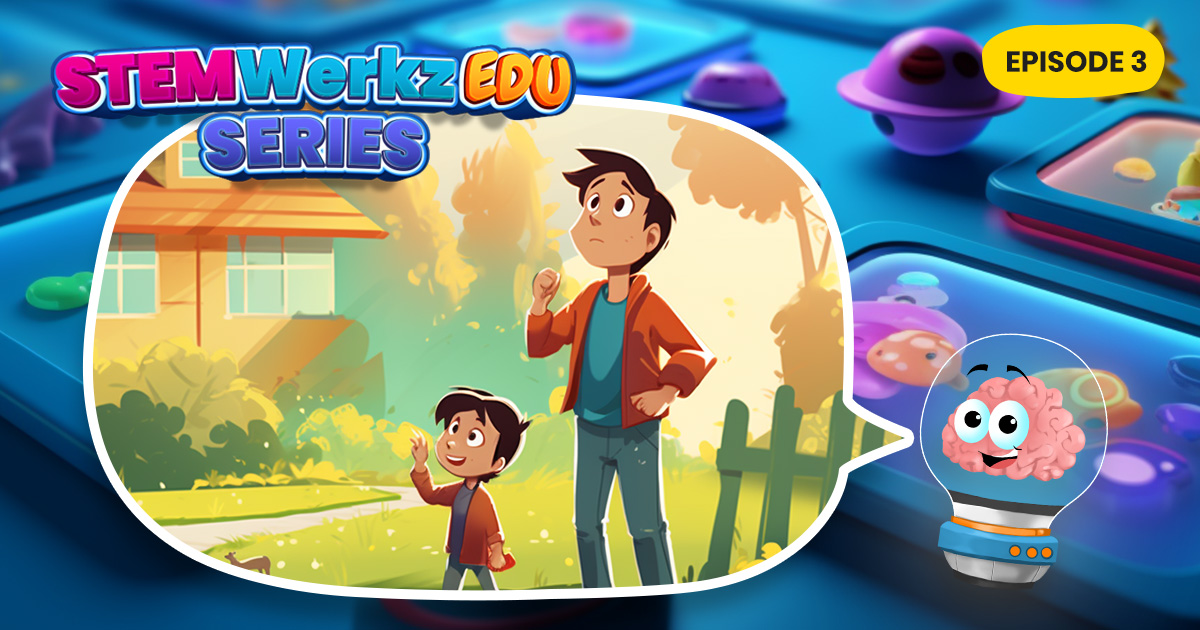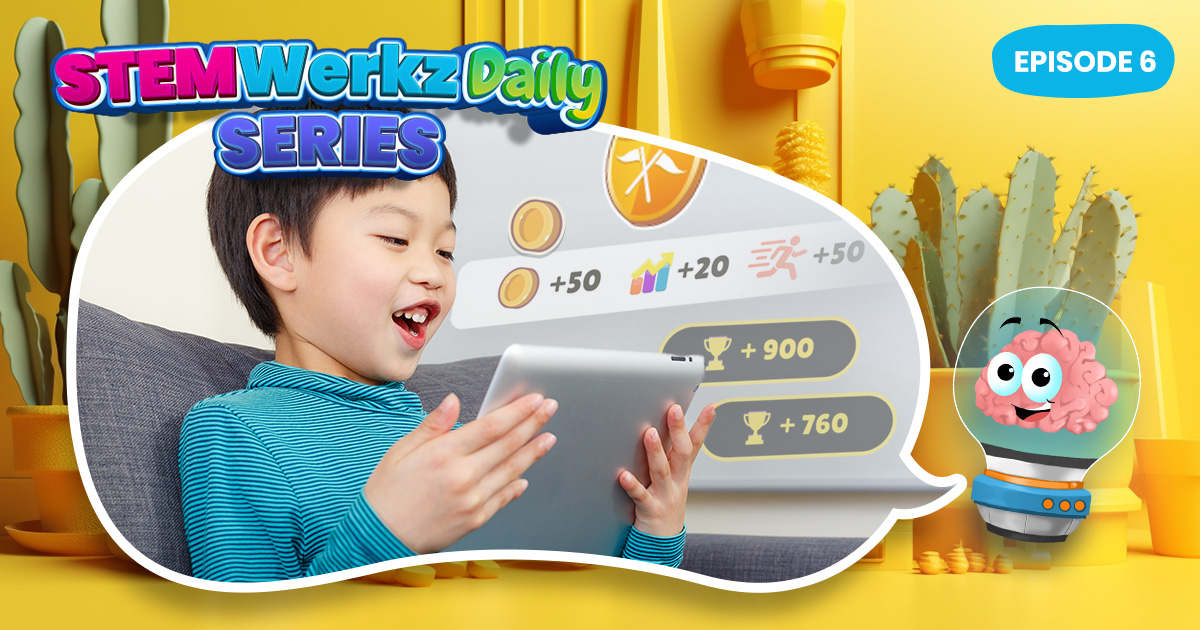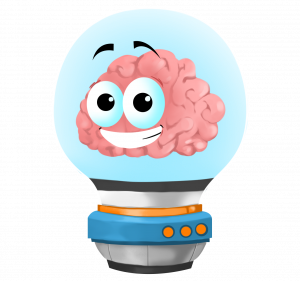
Picture a sunny afternoon:
You and your young one are out in your backyard, watching as leaves rustle in the wind and feeling the grass beneath your fingers. Suddenly, your child looks up with an innocent gaze and asks, “Dad, if we’re all made of cells, and trees are made of cells, why aren’t we like trees?”
That’s one of those heartwarming, head-scratching questions kids are famous for, isn’t it?
A Carbon Connection:
At the heart of it, both we and the plants are indeed carbon-based. Everything living has this connection. It’s a beautiful common thread weaving through all life.
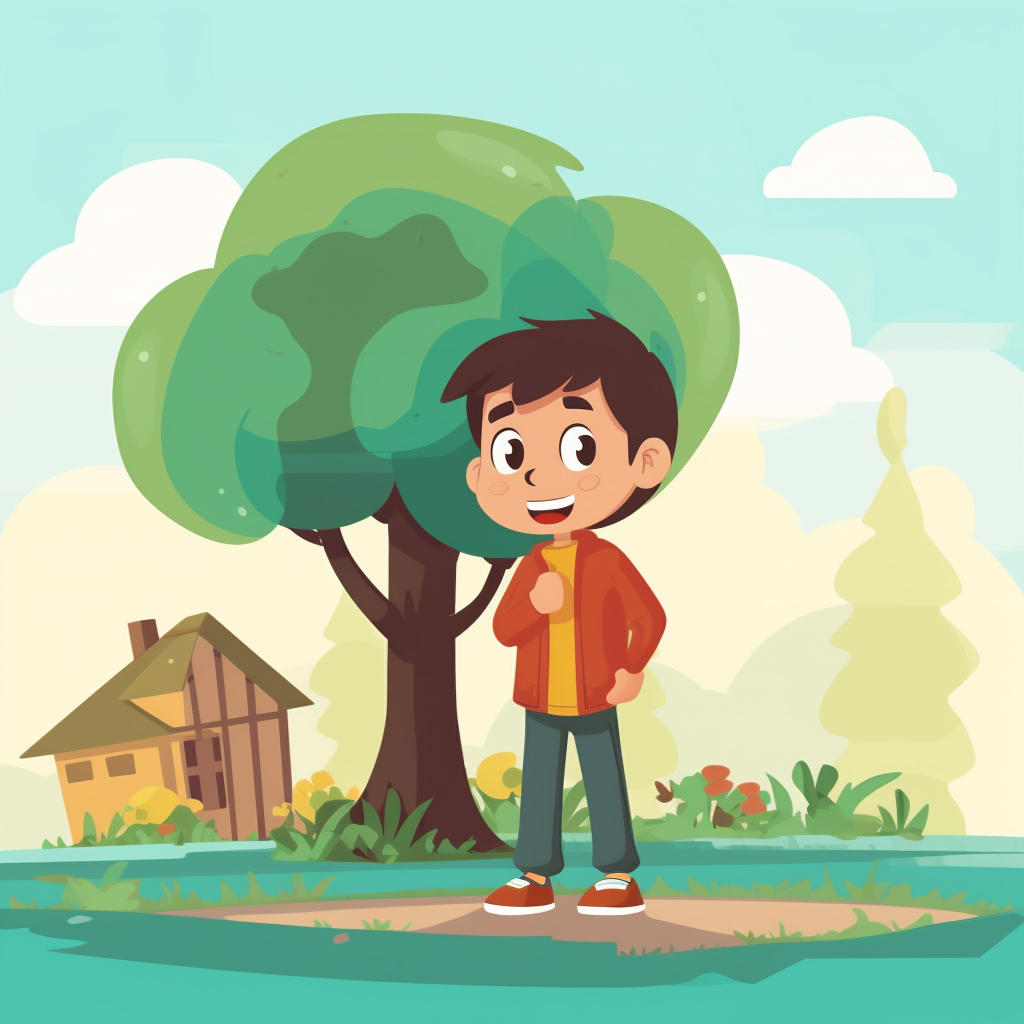
But Why Aren’t We Like Trees?
It’s in the details of our cells. Yes, while both humans and plants are made of cells, these cells have distinct characteristics. Our animal cells lack rigid walls, allowing us to move, dance, and play! Plant cells, on the other hand, have tough cell walls that provide structure, and unique components like chloroplasts that capture sunlight.
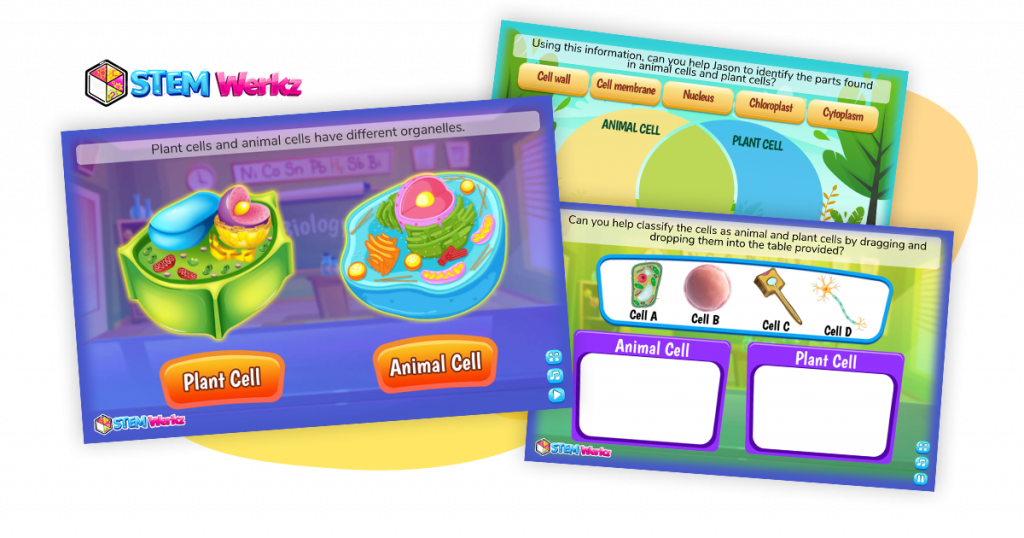
Why STEM Emphasizes This Distinction:
Unraveling the difference between plant and animal cells isn’t just fascinating; it’s foundational in STEM. By understanding these basic cellular differences, we lay the groundwork for more complex scientific explorations. And it’s through questions like your child’s that we rediscover the wonder of the world around us.
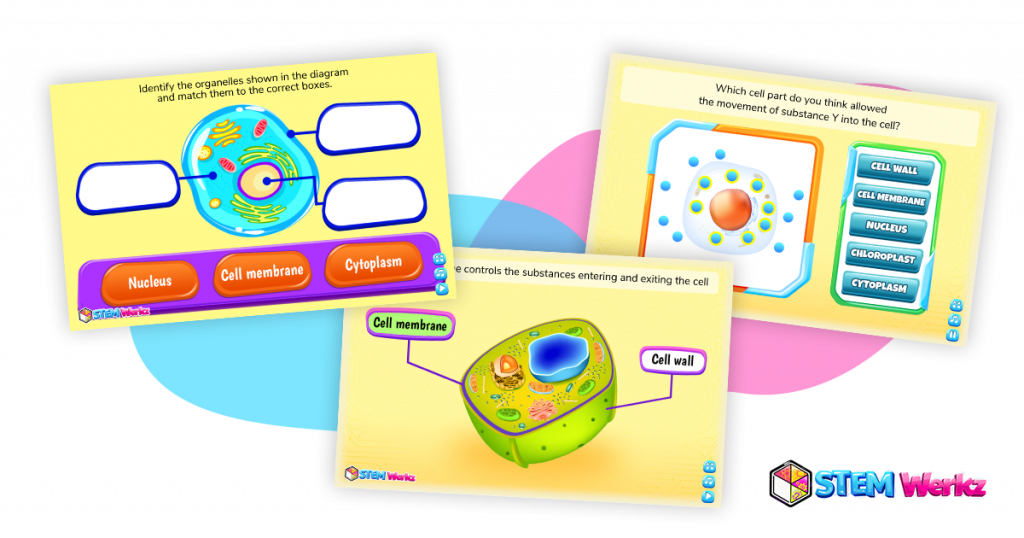
Dive Deeper with STEMWerkz:
Our platform, STEMWerkz, helps nurture this curiosity. Dive into a vibrant, interactive world where kids can explore and compare animal and plant cells in all their intricate glory. It’s not just a lesson—it’s an adventure into the very fabric of life.
Ready to explore the marvels of cells with your child? Why not try STEMWerkz for a 7-day journey into the microscopic wonders that make us… us!


